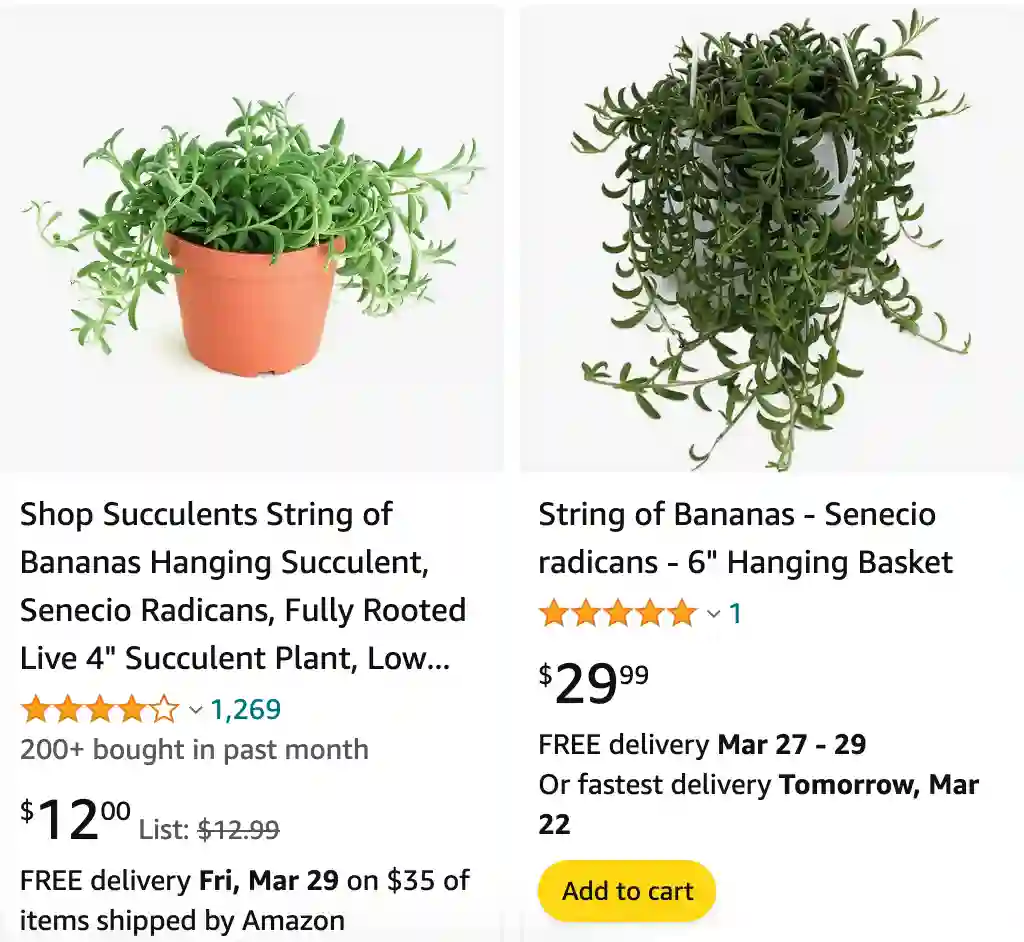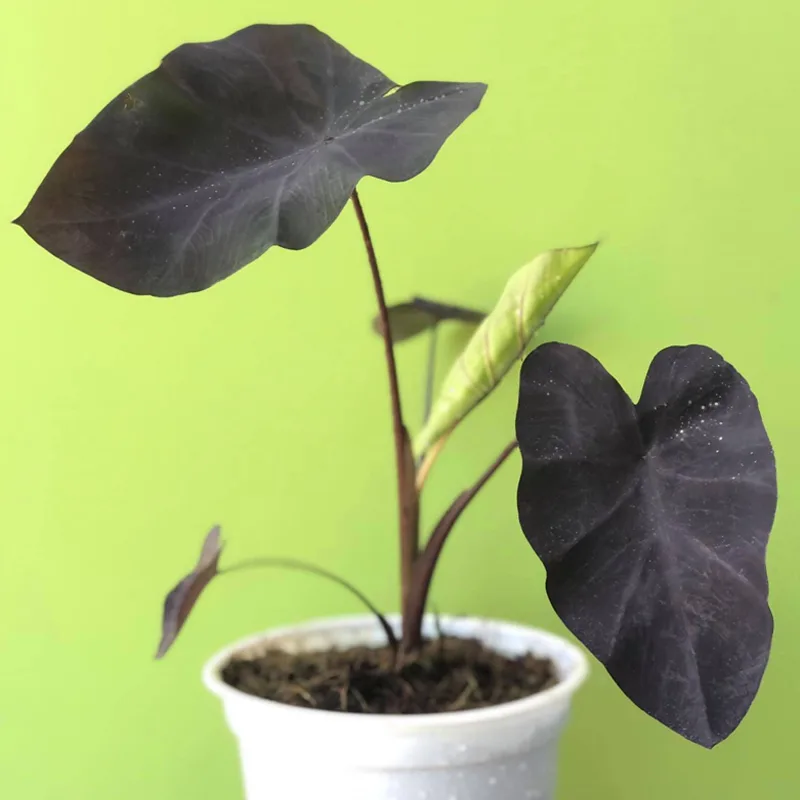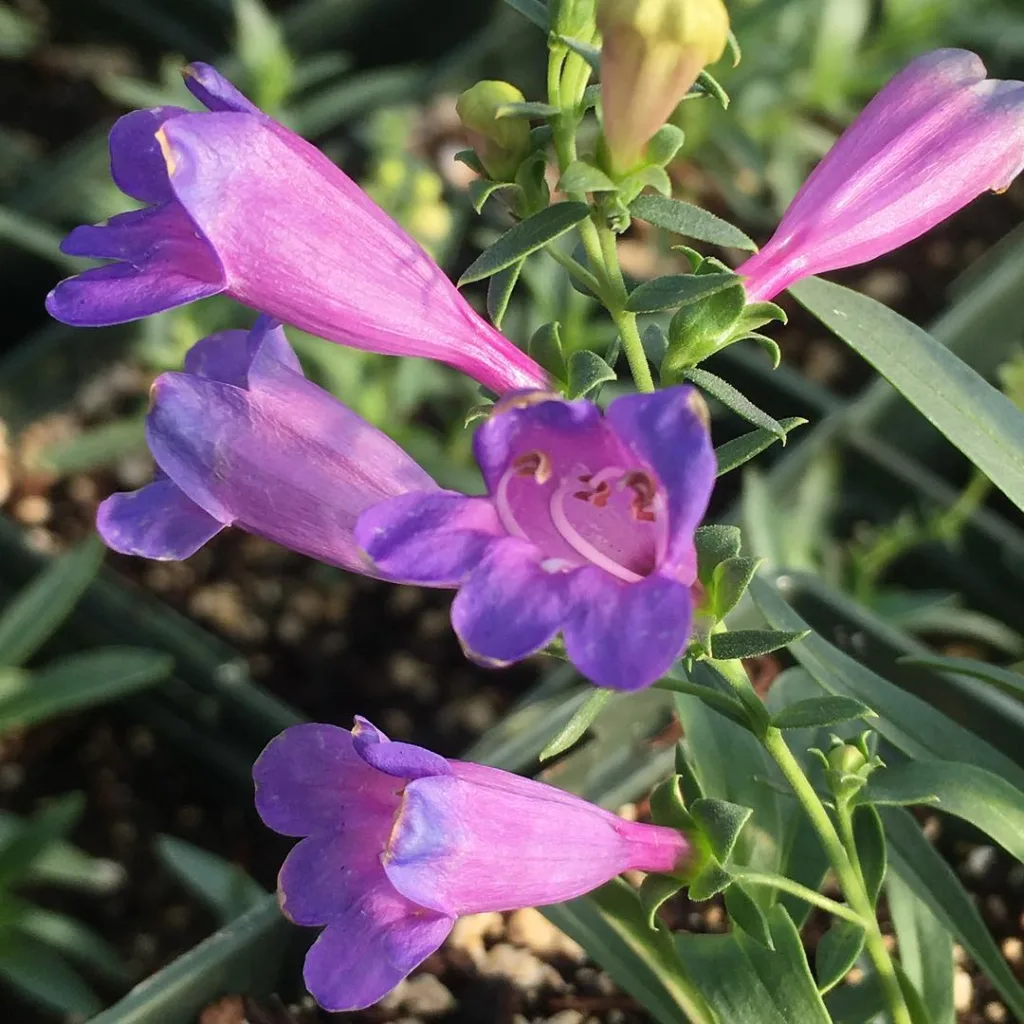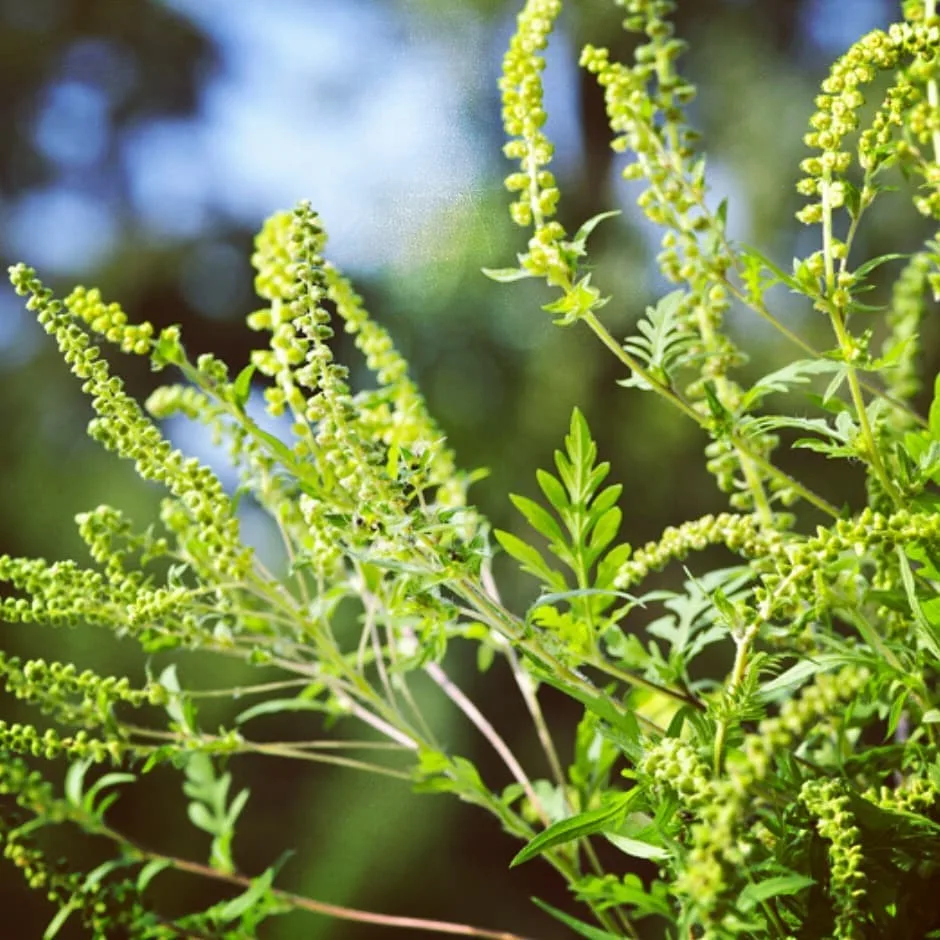
The Curious Case of the Curio Radicans: A Plant Parent’s Guide
Hey there, plant enthusiasts! Ferb Vu here, and today we’re diving into the world of the Curio radicans, also known as the String of Bananas. This adorable succulent has taken the houseplant world by storm with its plump, banana-shaped leaves and cascading vines.
But before you rush out and snag one for yourself, let’s answer some burning questions to ensure you become the best plant parent this little curio deserves.
1501 Species in Genus Senecio
What is a Curio Radicans?
The Curio radicans is a succulent native to South Africa. Belonging to the Asteraceae family (the same as asters!), it’s a close relative of the popular String of Pearls. This little charmer boasts cascading stems adorned with plump, glossy leaves that resemble miniature bananas. The leaves even have a cool translucent strip running down their sides, adding to their charm.
While not the most frequent bloomer indoors, the Curio radicans can occasionally produce small, yellow, daisy-like flowers that add a pop of color to its lush greenery.
String of Bananas vs Fish Hooks
I love the delicate look of Fish Hooks with its slender, cascading stems; it adds a unique touch to my hanging plant collection, especially with its small, fish-hook-shaped leaves.
String of Bananas vs String of Dolphins
String of Dolphins captivated me instantly with its quirky leaf shapes resembling tiny leaping dolphins. It’s such a playful addition to any plant shelf or hanging basket.
String of Bananas vs String of Fishhooks
String of Fishhooks has a more refined appearance compared to String of Bananas, with its elongated, hook-like leaves that drape beautifully. It brings a subtle elegance to my plant display.
String of Bananas vs String of Pearls
String of Pearls remains a classic favorite of mine for its charming spherical beads that cascade down like a living waterfall. It’s been a joy to care for and watch it thrive in different light conditions.
How do I Care for my Curio Radicans?
Taking care of your Curio radicans is a breeze! Here’s what you need to know:
- Light: These little banana bunches love bright, indirect sunlight. A south-facing window is ideal. Avoid harsh afternoon sun, which can scorch the leaves.
- Water: Remember, it’s a succulent! Overwatering is the enemy. Allow the soil to dry completely between waterings. During winter, you can water even less frequently.
- Soil: Opt for a well-draining succulent or cactus mix. Good drainage prevents root rot. Consider adding perlite or pumice to your potting mix for extra drainage.
- Temperature: The Curio radicans thrives in average room temperatures between 65°F and 75°F (18°C and 24°C). Avoid placing it near cold drafts or heat vents.
- Fertilizer: While not strictly necessary, a diluted dose of liquid fertilizer during the growing season (spring and summer) can give your plant a boost.
How do I Propagate my Curio Radicans?
Sharing the plant love? The Curio radicans propagates easily through stem cuttings. Here’s how:
- Choose a healthy, non-flowering stem with a few nodes.
- Use sterilized scissors or shears to cut a section of the stem, leaving at least one node on the remaining plant.
- Allow the cutting to callous over for a day or two.
- Plant the cutting in a pot filled with well-draining succulent mix.
- Water lightly and place the pot in bright, indirect sunlight.
- Be patient! Rooting can take a few weeks.
What can I plant with my Curio Radicans?
The Curio radicans’ cascading habit makes it a perfect candidate for hanging baskets or placing on high shelves. But if you’re looking for planting companions, here are some ideas:
- Other succulents: Echeverias, haworthias, and jade plants all share similar light and water needs, creating a harmonious succulent haven.
- Cacti: Opt for cacti with similar watering requirements, like the Christmas Cactus or the Easter Cactus.
- Air plants: Tillandsias, another low-maintenance group, can be tucked amongst the Curio radicans’ stems for a unique textural contrast.
By following these simple tips, you’ll be well on your way to cultivating a thriving Curio radicans that will bring a touch of whimsy and greenery to your home. Remember, with a little love and understanding, you can become the ultimate plant parent to this delightful succulent!



